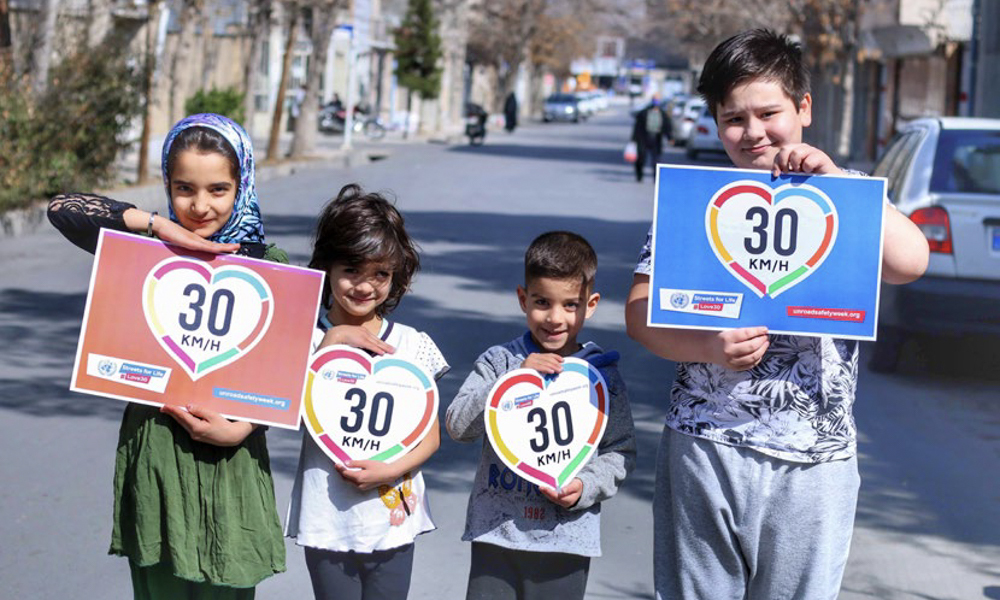
We all know about the speed limits enforced on expressways in the Philippines. But have you ever thought about the speed limits in and around urban and residential areas?
A lot of accidents in the city involve cars, trucks and motorcycles traveling at higher-than-normal speeds in tighter streets, with pedestrians and cyclists mainly being the affected parties at risk. We’re pretty sure a car zooming past you at 60km/h in a residential neighborhood is something to be terrified about, right?
Last week, the United Nations held its sixth “Global Road Safety Week,” with its #Love30 campaign.
What does that hashtag mean? Well, according to the UN, having speed limits of 30km/h in highly urbanized areas would save more lives. Every day, up to 3,000 young people are seriously injured or killed on roads. The organization says that a child hit by a car doing 30km/h can survive, while one hit at 80km/h will most likely die.
UN says that a child hit by a car doing 30km/h can survive, but one hit at 80km/h will most likely die
The UN is urging governments worldwide to have a focus on making the speed limits within cities, towns and village streets to a maximum of 30km/h as part of the group’s “Decade of Action for Road Safety” plan. And just to drive home the point, it is said that a person perishes in a traffic accident in about the same time it takes to read this open letter:
STREETS FOR LIFE: FOR PEOPLE AND PLANET
On our streets, worldwide, where we walk, play and live, we call for action on speed. Low speed, livable streets are essential and urgent.
Urgent because low speeds save lives.
Urgent for public health, by making walking and cycling safer and more accessible, enabling and encouraging healthy lifestyles. Livable streets are more crucial than ever as we respond to COVID-19.
Urgent for the Global Goals and for our climate, as a key that unlocks a virtuous cycle of zero-carbon active travel, shifting from car dependence, enabling thriving public transportation, cleaner air and lower carbon-dioxide emissions.
Urgent for social and racial equity, as it is lower income and minority communities who are most exposed to high-speed traffic, and the road danger, the environmental hazard and the social exclusion it causes. Urgent for the rights of people with disabilities; for the elderly; for all who are vulnerable.
Urgent for our children and youth, and vital for their well-being. They are most at risk on the streets where they live, play and travel to school. Every day 3,000 children and young people are killed or seriously injured on the world’s roads. A child hit by a car at 30km/h can survive. Hit at 80km/h, most will die. Speed kills.
The 2020 Stockholm Declaration, adopted by governments worldwide, calls for a focus on livable streets and, in line with available evidence, a maximum road travel speed of 30km/h where vulnerable road users and vehicles mix. Commitment to this approach must be at the forefront of the new Decade of Action for Road Safety to achieve the Global Goals.
Now is the time to urgently deliver on this call to action by reducing, designing and enforcing traffic speeds that are safe for everyone, everywhere, prioritizing low-speed streets in all residential areas and near schools.
Streets for health. Streets for climate. Streets for people. We must act together to create #StreetsForLife.
Of course this helps, but preventing accidents also comes down to more factors than just limiting how fast cars can go. Having better pedestrian and cyclist infrastructure, promoting driver education and discipline, and making sure that the vehicles we drive are roadworthy are also crucial to making our streets safer.


0 Comments